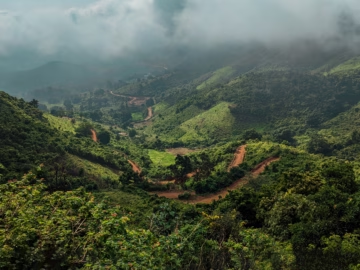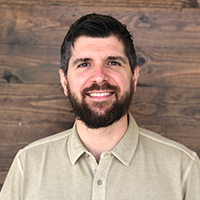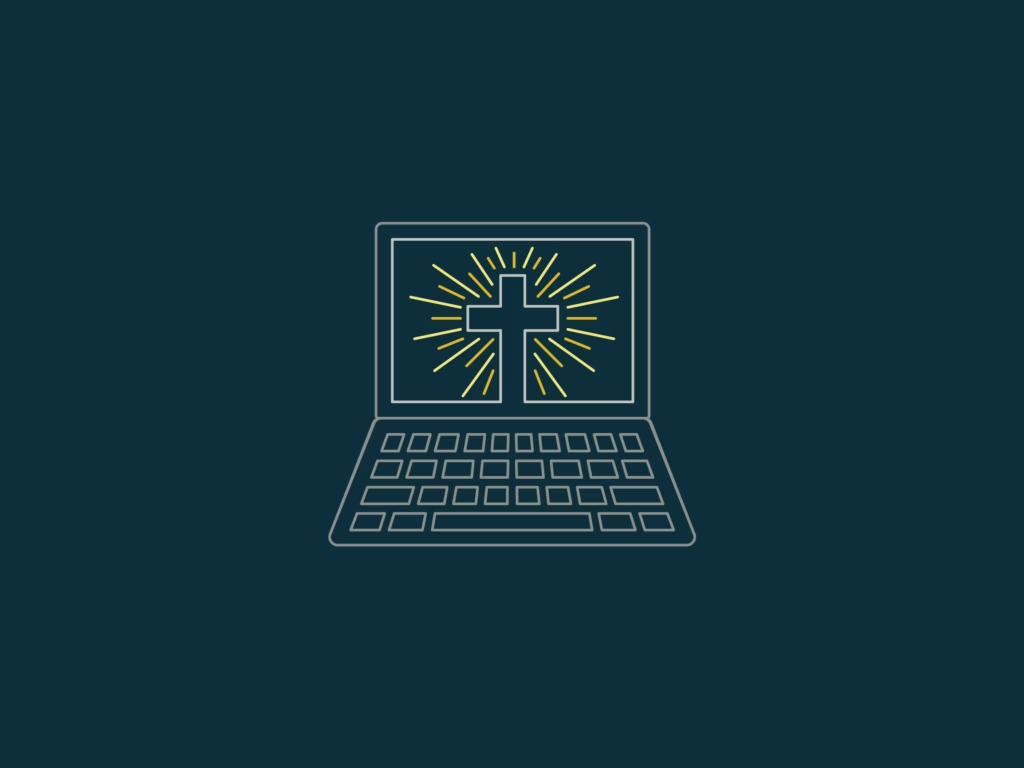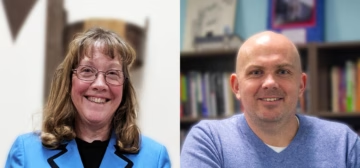
Because of group gathering restrictions, many churches were forced to turn to online worship services in 2020. While this change was unexpected, it provided an opportunity for leaders to adapt and rethink what church looks like.
We invited pastors and ministry leaders from around the country to reflect on the past year and share how online worship has impacted their ministry and faith community.
Revolution Church

Salina, Kansas – Samuel Loy
Even before the pandemic hit, we were aware of how important it is to have a strong online presence. We’ve been streaming our services online since 2010 and people would often “attend” virtually before coming in person. We had people walking through our doors who knew our names and our faces before we ever knew theirs! Our online services helped them feel welcomed into the Revolution family before ever setting foot in our building.
But the pandemic forced us to be more mindful of how we relate to those attending online. We changed the language we used when addressing our online audience, calling them “our family” to help them feel included. Our children’s pastor began creating kid-centered videos for families, and we adjusted our camera angles to make the live stream feel immersive. These little changes all worked together to make the online church experience more personable.
We’re thankful that, thanks to our livestream, our congregation has been able to stay engaged. Since opening back up, roughly 75% of our congregation has returned to the building, but our online ministry has roughly doubled since the previous year. We look forward to seeing how God continues to work through our online community in the future.
Mechanicsburg BIC

Mechanicsburg, Pennsylvania – Cindy Agoncillo
At the beginning of the pandemic, our team put together pre-recorded Sunday services for people to watch from home. We also shared devotionals and worship videos throughout the week. Our staff worked closely with our church community to create these materials and enlisted the help of everyone from pastors to worship volunteers to lay leaders.
We wanted to make sure it wasn’t just our pastoral staff on camera. We are blessed to have a strong network of individuals and families who were willing to lead virtual devotionals and worship from their homes. Each week, as different members of our community contributed, and it helped keep us connected.
Our online ministry has also kept us engaged with those who cannot attend or are not yet comfortable coming in person. As we look to the future, we see the continuing value of providing an online service on Sunday mornings. Not all members of our community can attend every Sunday. Having invested in live streaming technology, we see the value of continuing to live stream our services even after the pandemic subsides.
Solid Ground BIC

Alta Loma, California – Ryan Showalter
Online church is not an extension of the church; it is the church. In 2020, it was imperative that we not only respond but find new and creative ways to expand what God is doing. We wanted to reach people who never would have set foot in a traditional church setting.
One way that we expanded was through weekly Facebook Live prayer times. These half-hour sessions have helped our church stay connected and have expanded our reach in a time when people are desperately seeking connection. We’ve connected with friends of those who call our church home as well as those who have moved away from our community. We’ve also connected with people who are skeptical about religious environments but are more willing to engage on the Facebook platform.
We have been blessed by our online presence as it enables us to connect deeper and reach people we couldn’t have otherwise. We plan on continuing to look for ways to expand this online outreach in the future.
While this past year has been filled with challenges, we have also seen the body of Christ move in creative and innovative ways. We look forward to seeing how this creativity continues to flow even after the pandemic subsides and how God will use it to touch even more lives.
This was originally published in the 2020 Annual Report.


